Recently, the announcement ceremony of the results of AI City Challenge 2025 (AI in smart cities) took place within the framework of the International Conference on Computer Vision (ICCV 2025) in Hawaii (USA).
Following the 2024 victory, this year VNPT 's AI engineering team won first place in the category of Processing and Recognizing Objects from Ultra-Wide-Angle Camera Image Data at Edge Devices (Edge AI). The problem requires an artificial intelligence (AI) system with real-time processing speed, directly on compact hardware devices, while ensuring high accuracy in recognizing objects from highly distorted image data, meeting practical needs.
AI City Challenge is one of the world's most prestigious annual competitions on AI applied in smart cities. This year's competition includes four categories with higher complexity than previous seasons, attracting more than 30,000 teams from countries with strong AI development such as the US, China, South Korea, Taiwan (China)...

The hardest exam season
The problem of processing and recognizing objects from ultra-wide-angle camera image data reflects the trend of applying computer vision to current traffic monitoring systems. With high practicality, the category is the race track with the largest number of competing teams. The difficulty of the category lies in the need to quickly and accurately process distorted and deformed images, as well as operate effectively on edge devices.
Teams were required to optimize their models to run on the Jetson Orin, a small device that sits at the data collection point (called an edge device), which has a power limit of 30W and much lower computing power than a central server. This meant that teams could not use overly large models, but had to slim down and optimize them so that the program would run quickly, consume fewer resources, and still recognize vehicles accurately.

These changes make AI City Challenge 2025 one of the toughest seasons yet, especially as teams have learned from last year's experience and the level of competition has increased significantly.
Benefit from real-world model optimization experience
In traffic monitoring, computing infrastructure and network connectivity are often limited, making it challenging to develop AI models that are both accurate and efficient. This is why Edge AI has become a trend. Instead of sending all data to a central server for processing, the model is placed right at the collection device (such as a camera), helping to respond faster, reduce latency, save bandwidth and ensure data security, especially in large-scale monitoring systems.
With more than seven years of experience developing and deploying image processing AI models, VNPT's engineering team has accumulated the ability to balance accuracy, speed and operating costs.
Currently, VNPT owns more than 40 AI models for image processing such as license plate recognition, traffic flow measurement, helmet detection, and models specific to Vietnam such as detecting vehicles carrying three people, carrying bulky goods, or detecting fires and weapons in security surveillance. These models are optimized to operate on many types of hardware, from GPUs, CPUs to NPUs, meeting the diverse requirements of the systems.
To deploy effectively on a large scale, especially in the on-premise model and at the edge with hundreds of cameras simultaneously, VNPT engineers have also built optimal processing methods that allow the simultaneous operation of hundreds of video data streams. This approach makes AI solutions easily scalable, resource-saving and suitable for infrastructure conditions in many localities.
Applying that experience to the AI City Challenge 2025, the team applied a combination of techniques to form the overall processing chain that achieves the highest performance. This approach helps the model maintain accuracy while increasing inference speed and deployability on configuration-limited edge devices.

VNPT's results at AI City Challenge 2025 contribute to strengthening the AI ecosystem for traffic monitoring and urban security in the country, where ultra-wide-angle cameras are gradually being widely deployed.
Regarding AI applications in image processing, in addition to smart urban and traffic systems, VNPT also promotes research applications in the medical field. In September 2025, the group announced scientific research at MICCAI 2025 - the world's leading conference on AI and computer vision in medicine. The research focused on AI applications in thyroid cancer diagnosis, conducted with data from nearly 10,000 patients in 3 regions of the country over 4 years. The project plays a fundamental role in developing automatic diagnostic support systems suitable for the characteristics of Vietnam's population and medical conditions, helping to improve accuracy, shorten diagnosis time, reduce workload for doctors, and expand access to high-quality medical services to grassroots levels./.
Source: https://www.vietnamplus.vn/nhom-ky-su-tre-viet-nam-hai-nam-lien-vo-dich-san-choi-ai-toan-cau-post1073042.vnp


![[Photo] The 5th Patriotic Emulation Congress of the Central Inspection Commission](https://vphoto.vietnam.vn/thumb/1200x675/vietnam/resource/IMAGE/2025/10/27/1761566862838_ndo_br_1-1858-jpg.webp)

![[Photo] National Assembly Chairman Tran Thanh Man receives Chairman of the House of Representatives of Uzbekistan Nuriddin Ismoilov](https://vphoto.vietnam.vn/thumb/1200x675/vietnam/resource/IMAGE/2025/10/27/1761542647910_bnd-2610-jpg.webp)


![[Photo] Party Committees of Central Party agencies summarize the implementation of Resolution No. 18-NQ/TW and the direction of the Party Congress](https://vphoto.vietnam.vn/thumb/1200x675/vietnam/resource/IMAGE/2025/10/27/1761545645968_ndo_br_1-jpg.webp)
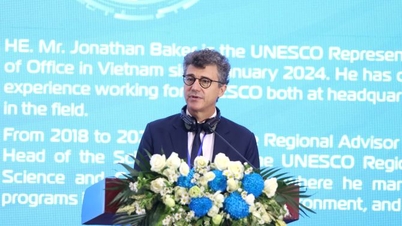





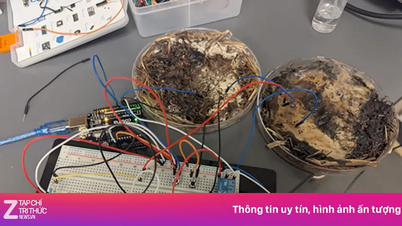
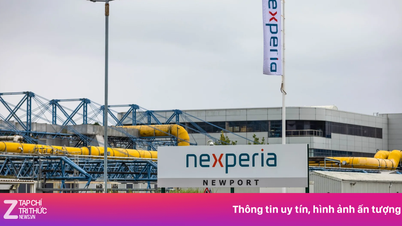





























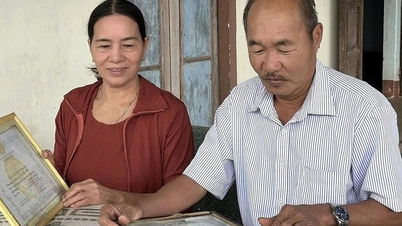







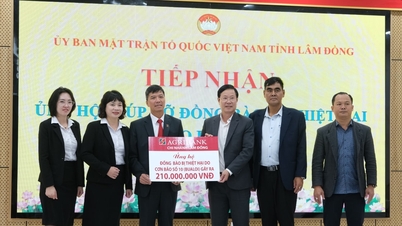



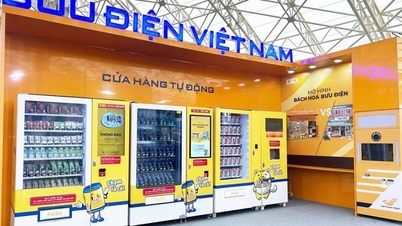








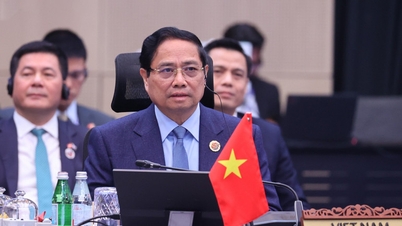

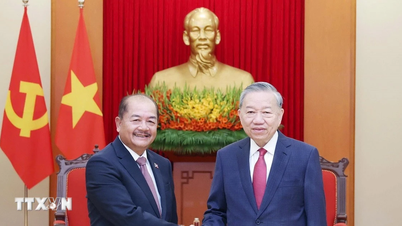
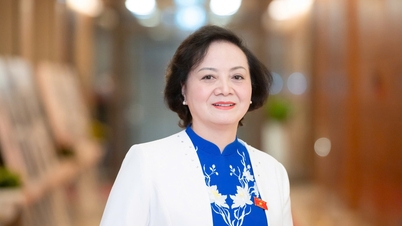

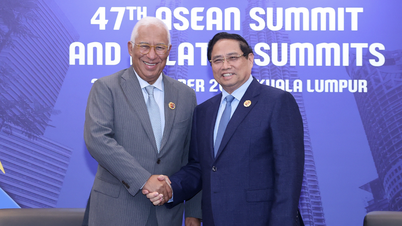

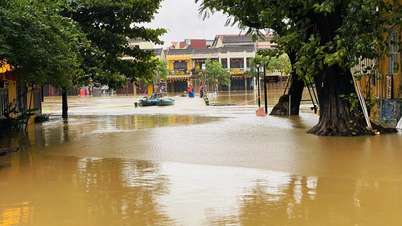


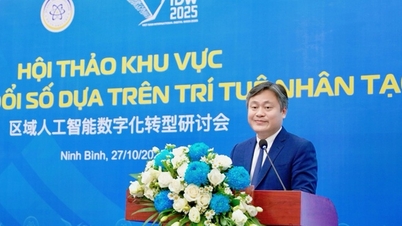
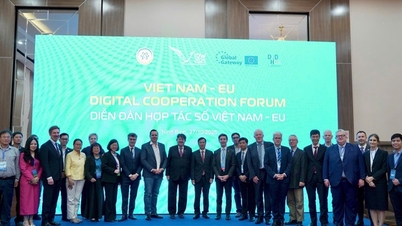

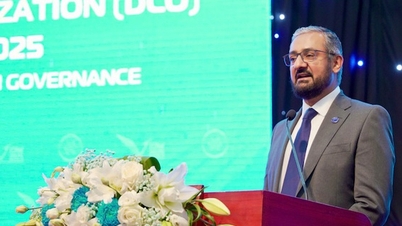








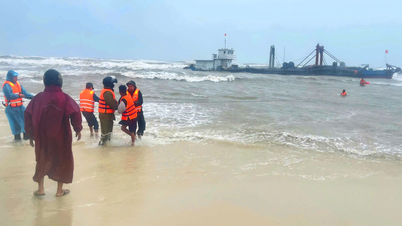


















Comment (0)